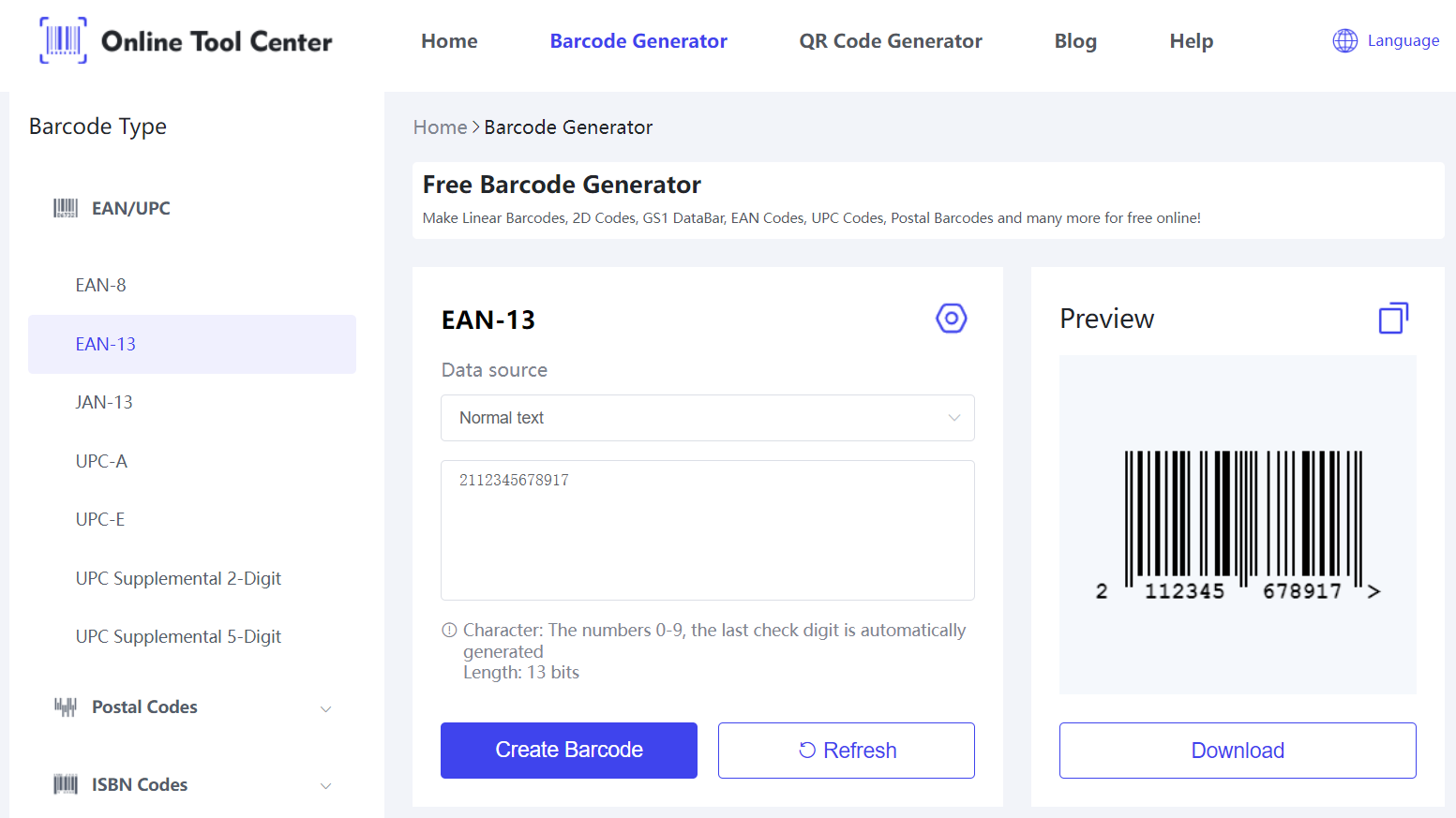In the clothing sector, their impact is particularly pronounced, enhancing everything from stocking shelves to facilitating a smooth checkout process.
What Are Barcodes for Clothing?
Barcodes for clothing are specialized identifiers that store information about the item, such as price, size, and style. Common types used in the apparel industry include Universal Product Codes (UPC), European Article Numbers (EAN), and QR codes.
These barcodes can be generated specifically for each item a using barcode generator, ensuring each piece of clothing carries a unique digital identifier.
Types of Barcodes Used in Clothing
● UPC: Primarily used in the United States and Canada, ideal for general product identification.
● EAN: Common in international markets, similar to UPC but with a country-specific prefix.
● QR Codes: Can store more data and link directly to digital content, useful for marketing and customer engagement.
Why Should You Use Barcodes in the Clothing Industry?
● Streamlining Inventory Management
Barcodes allow for real-time inventory tracking, reducing the incidence of overstocking or stockouts and ensuring that popular items are always available.
● Enhancing the Checkout Process
With barcodes, checkout becomes faster and more accurate, which enhances customer satisfaction and reduces queue times.
● Facilitating Easy Tracking and Returns
Barcodes simplify the tracking of items throughout the supply chain and make handling returns straightforward, saving time and resources.
● Improving Customer Experience
Quick service and accurate information at the point of sale, enabled by barcodes, elevate the overall shopping experience.
Case Studies of Barcodes for Clothing Retail
A small boutique in San Francisco implemented barcodes and saw a 30% reduction in checkout times and a 25% decrease in inventory discrepancies.
A major retail chain introduced barcodes across all its stores, resulting in a 50% faster restocking process and improved customer satisfaction scores.
How Barcodes are Generated for Clothing Items?
Generating barcodes for clothing involves selecting the appropriate type based on your geographic location and business needs. Tools such as Online Center Tool provide an easy-to-use platform for generating these codes, ensuring they are compatible with global standards and easily scannable.
How to Generate Barcodes for Clothing?
1. Assess Your Needs: Determine what information your barcodes need to carry and choose the appropriate type.
2. Select a Barcode Generator: Utilize the generator to create the barcodes tailored to your business.

3. Print and Label: Print barcodes on labels that can withstand handling and attach them to your clothing items.
4. Train Your Staff: Ensure that all employees understand how to use barcode technology effectively.
Best Practices for Barcode Printing and Labeling on Clothing
When it comes to printing and applying barcode labels for clothing, it's crucial to adhere to several best practices to ensure the labels are functional and durable:
● Choose the Right Material: Select labels made from materials that can withstand frequent handling and washing without fading or tearing. Options include woven fabric labels, plastic tags, or heat-transfer labels.
● Ensure Clarity and Quality: The barcode labels for clothing should be printed with high-resolution printers to ensure that the barcodes are clear and easily scannable. Poor quality prints can lead to scanning errors, impacting inventory tracking and sales processes.
● Proper Placement: Position the labels in easily accessible and scannable areas without interfering with the comfort or design of the clothing item. Common placement areas include the inside of the garment or on the tag.
● Test Scannability: Regularly test the barcodes on different scanners to ensure they are consistently readable. This will help avoid checkout delays and inventory errors.
● Label Information: Include essential information such as size, material composition, and care instructions on the barcode labels for clothing to provide customers with useful details at a glance.
Future of Barcodes in Clothing Retail
RFID: Radio Frequency Identification allows for even faster item scanning without line-of-sight requirements.
NFC: Near Field Communication enables simpler, one-tap product information and purchasing.
Barcode technology will continue to integrate with mobile and cloud-based technologies, enhancing data accessibility and decision-making.
Overall, barcodes, particularly barcode labels for clothing, have transformed the efficiency and accuracy of inventory management in the clothing retail sector.
Take the first step towards optimizing your clothing retail business by visiting a QR code generator that can be tailored to your specific needs.




